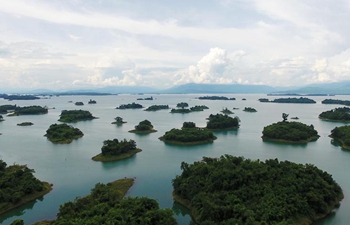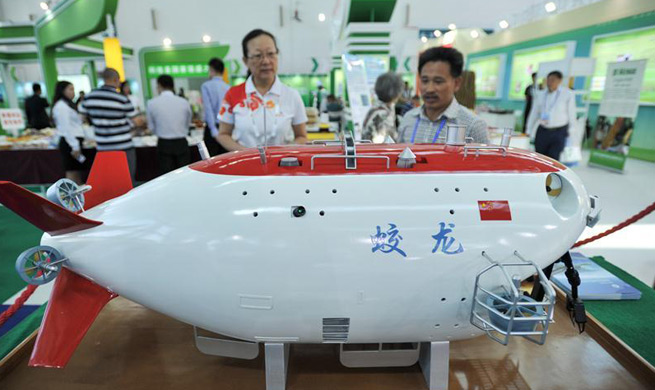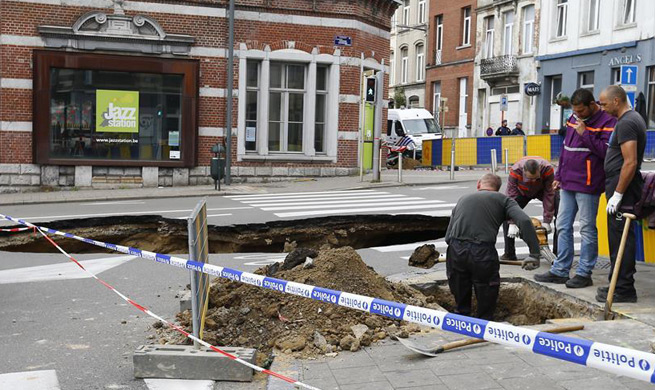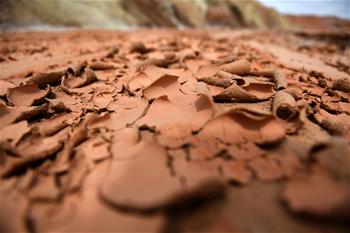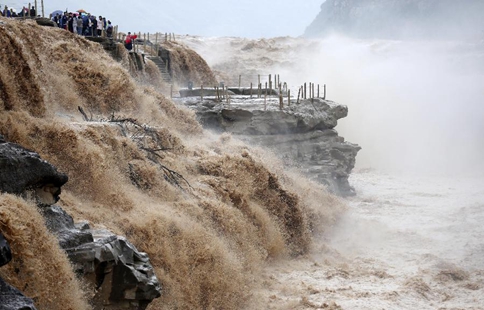SAN FRANCISCO, Sept. 7 (Xinhua) -- Researchers in the United States are planning the Alaska Amphibious Community Seismic Experiment, the largest marine seismic-monitoring effort yet along the Alaska Peninsula, a region with frequent and diverse earthquake and volcanic activity.
With a 1.5 million dollars grant from the U.S. National Science Foundation (NSF) announced Thursday, seismic instruments will be deployed by aircraft and ships starting next spring and will record for 15 months, spanning two summer seasons, on and off a 435-mile, or 700-kilometer, stretch of coast.
"This effort will really change the information we have at our disposal for understanding the seismic properties of subduction zones," Emily Roland, a University of Washington (UW) assistant professor of oceanography and one of nine principal investigators on the project, was quoted as saying in a news release from UW.
Specifically, some 80 seafloor seismometers will be dropped as far as 300 miles, or about 480 kilometers, offshore, with 25 having protection from trawling gear to allow them to operate in shallow water.
The experiment, to be led by Cornell University in Ithaca, New York, with partners at the University of Washington and seven other research institutions, was modeled on a previous effort known as the Cascadia Initiative, which deployed many of the same seismometers on land and at sea off Northern California and the U.S. Pacific Northwest between 2011 and 2015.
The Alaska Subduction Zone is where the Pacific plate plunges below the North American plate.
Alaska is both the most active and the most volatile of U.S. faults. Most of the continent's known volcanic eruptions occur along the Aleutian Island chain that lies north of the fault.
Despite being such a geologically active area, the remote region has not been monitored very well, especially at the ocean bottom.
While recent improvements to seismic technology and reliability are providing an opportunity to do so, precise recordings of how seismic waves travel through different places are expected to pinpoint the makeup of the plates.









